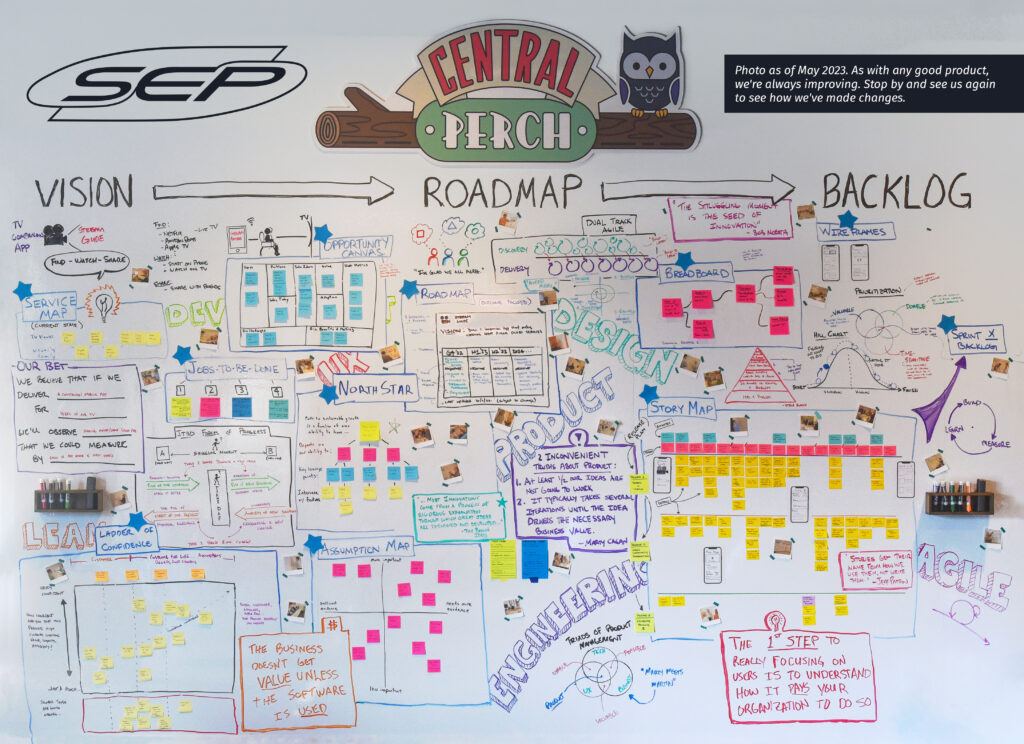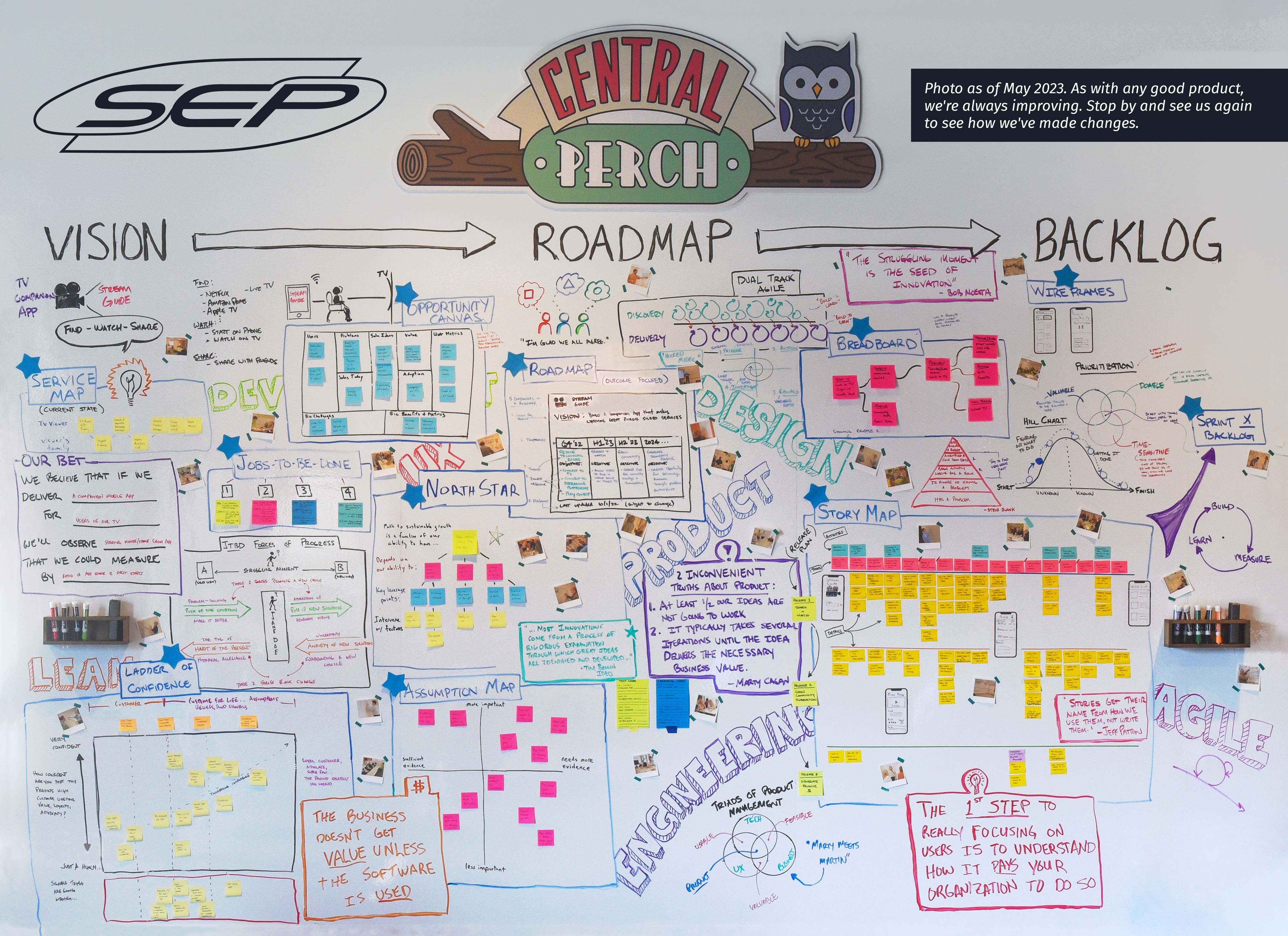
Savvy companies use product discovery to bring focus to new projects and during projects to shape upcoming releases. This helps design software for the three needs of effective products:
- Functionality: The software has the requested features, is well built, and maintainable.
- Business: The software is designed to accomplish specific business objectives.
- User: The software has clear value for its users so that they will use it. And for revenue generating products, buy it.
Do You Need Product Discovery?
Product discovery provides insight to some of the big, nagging questions behind projects:
- Is this product or capability worth building?
- Is it tied to the business’s strategy and needs?
- Will it be compelling to the users?
- What features should we build, how much of a feature is needed, what order should we work on it?
- What technologies will be used and how does it all fit together?
- How much will it cost, how long will it take?
- What are the biggest risks in this effort? What can we do to address those risks or even use them to our advantage?
- How can we maximize the chances of success?
So, how do we learn the answers? Discovery uses facilitated workshop sessions, research, and prototyping to identify solutions that meet this intersection of functionality, business, and user needs. These efforts produce a roadmap to execute a strategic approach, along with immediate ways to address the riskiest areas using research and prototyping.
The activities are integrated into SEP’s way of creating software, which can be described as three diamonds. Discovery largely occurs in the first two diamonds.

Clarify Solution Intent
What outcome do you want? If this effort is successful, what will change for your business? What will change for your users? We look into options for product strategy, vision, technical architecture, and models for value creation. Making an impact relies on being able to clearly understand the desired outcome. We’ve all seen the effects of a project charter after it has survived rounds of project and budget approval; it can arrive with watered down goals and an unclear problem. Clarifying the solution intent provides a clear flag in the sand. It focuses the effort on a common, attainable destination.
Identify and Prioritize Opportunities
What are the opportunities to create the above outcomes? Think of opportunities as the levers available to move you closer to the outcomes. If the solution intent is the flag in the sand, then the opportunities are the series of moves you can make to get closer to that destination. Those moves are prioritized into a roadmap that communicates an intent and direction for the effort. The roadmap and its opportunities are focused on solving problems and delivering results.
Research Opportunities
As opportunities progress through the roadmap, they get increasingly understood and defined. We’ll talk to stakeholders, subject matter experts, end users, and conduct secondary research to understand the value proposition and job to be done for that opportunity. From here, we consider the solution options that can meet the business, user, and functionality needs. A compelling solution caters to the strengths of the business, creates movement toward business and user outcomes, and is feasible to implement and support.
Validate Prototypes
We tackle the biggest risks early with rapid prototyping and user research. Prototypes provide concrete, early insights about how the solution may achieve its expected outcome. The complexity of the prototype varies depending on the need. Here are some we often use, from simple to complex: a diagram of boxes and lines used to roleplay a concept, screen mockups linked together to be clickable to feel like an app, a functional prototype with working code and hardware.
To decide which one is appropriate, first define the assumption you want to validate or learn about. One key question we use here is, what must be true for this approach to work? Then you create the most minimal prototype required to achieve that learning. The insights from the prototypes drive down risk and often result in shifts that enable much more compelling and impactful features.
Methods
We conduct product discovery using a playbook of industry-proven and internally developed methods and frameworks. Here’s a wall in our office where we combined several of these into an example project.

The duration and team involved in discovery varies depending on the needs of the project. Workshop sessions range from days to one or two weeks, with research and prototyping from weeks to a few months. The SEP team usually includes participants experienced with product, design, and engineering. Our customers may invite representatives from engineering, product, marketing and support.
Positioned for Delivery
Going through product discovery provides clarity for software delivery. It supplies early learning on how to serve business, user, and functionality needs with a strategic roadmap and validated prototypes. You’ll go into the release plan having already targeted the biggest risks with a delivery backlog supported by a roadmap and validated solution approaches.
Discovery Consulting at SEP
For much of SEP’s 35 year history, we’ve helped our customers be successful by primarily focusing on functionality needs. It’s satisfying work for us and our customers. The teams I work with relish working through the hard problems of building complicated features. In recent years, SEP has increased focus on product discovery. We know from working with customers that building software right (good functionality) is not enough. Competitive advantage requires a quality product AND cohesive, strong ties to business and user needs.
Curious about a product discovery for your project?
Contact us today to start the conversation.
You Might Also Like